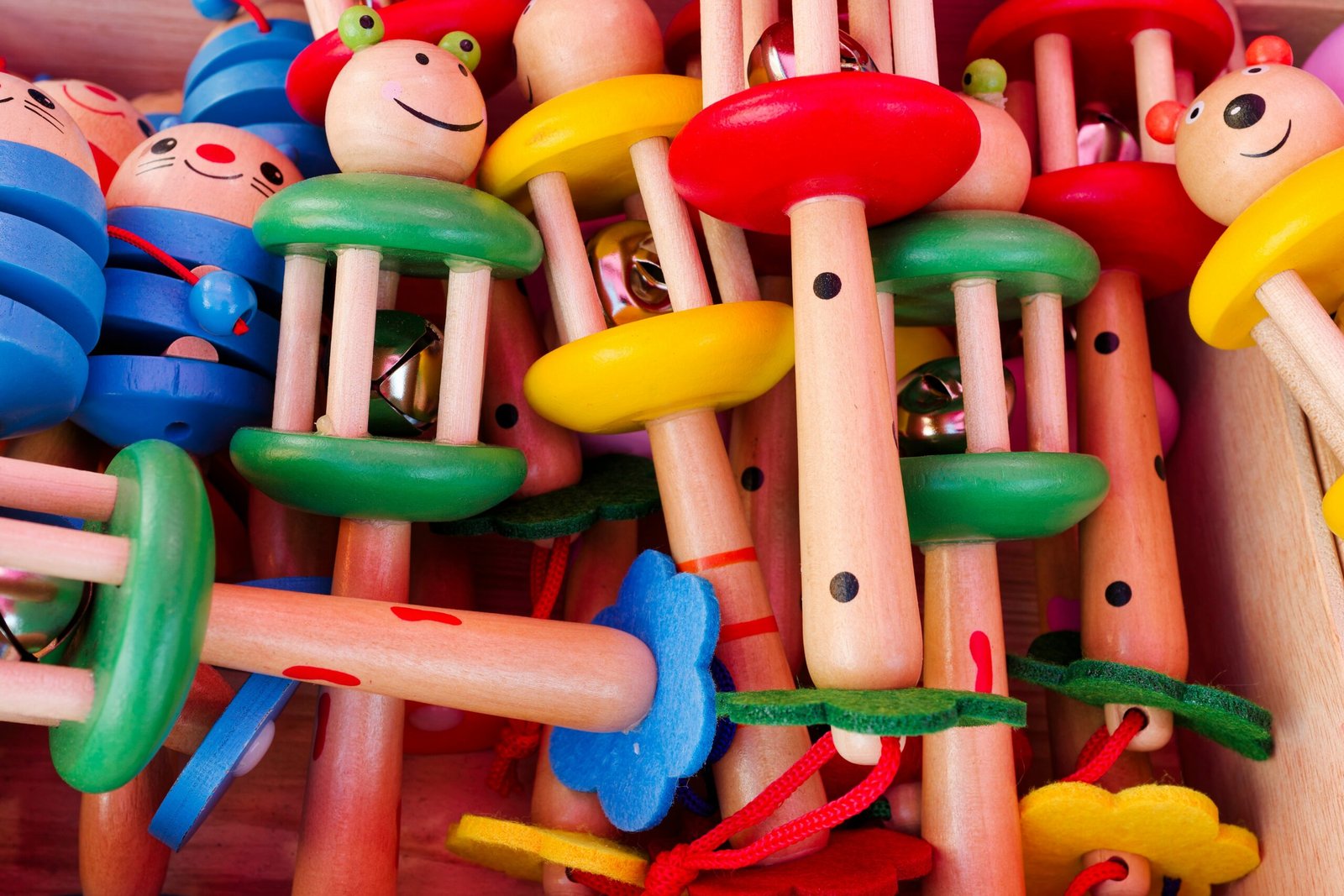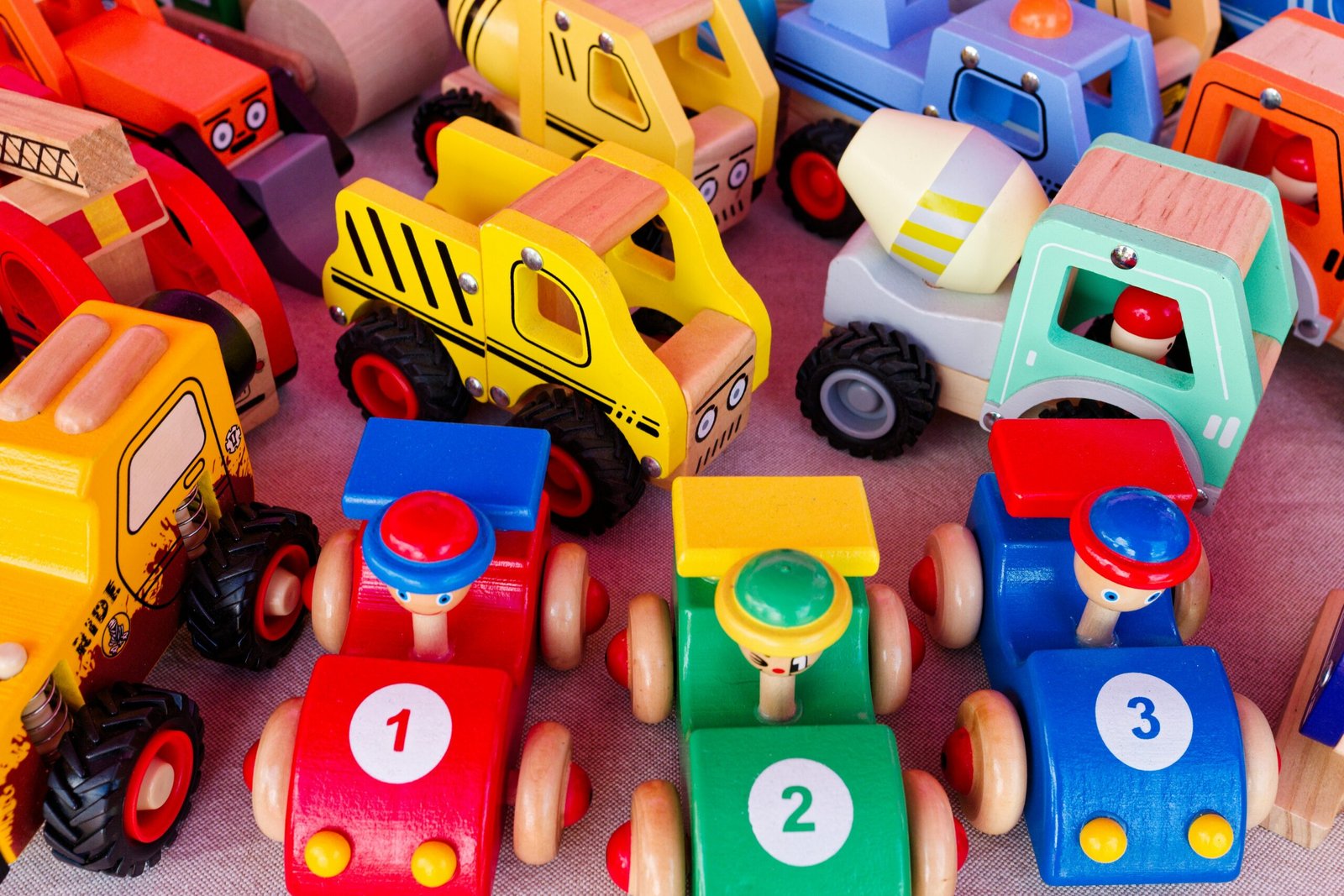Understanding Safety Standards and Regulations
Toy safety is a crucial concern for parents and caregivers, necessitating a comprehensive understanding of safety standards and regulations governing toy manufacturing. Various regulatory bodies around the world are dedicated to ensuring that toys meet stringent safety requirements before reaching the market. In the United States, the Consumer Product Safety Commission (CPSC) plays a pivotal role in this oversight, implementing regulations that manufacturers must follow. These regulations are designed to protect children from potential hazards associated with toys, including choking hazards, toxic substances, and other safety risks.
Globally, other organizations and standards exist to regulate toy safety. For example, the European Union has established the EN71 standard, which specifies safety requirements for toys sold within its member states. In addition to these regional standards, international guidelines like ISO 8124 also provide a framework for ensuring toy safety across borders. Understanding these standards helps consumers make informed decisions when purchasing toys, as compliance suggests that the products have undergone rigorous testing for safety.
When selecting toys, it is essential for parents to look for certification labels or marks that indicate adherence to safety standards. Certifications such as ASTM F963 in the U.S. or CE marking in Europe signify that a toy has met specific safety criteria. Recognizing these labels can help parents assess the toy’s safety and reliability before making a purchase. Parents should also be aware that regulations can evolve, so staying informed about changes in safety standards is vital for ensuring their child’s safety. By prioritizing toys that comply with established safety regulations, parents can significantly reduce the risk of accidents and promote a safer play environment for their children.
Choosing Age-Appropriate Toys
Selecting age-appropriate toys is crucial for ensuring that children engage in play that aligns with their developmental stages. Toys that are tailored to a child’s specific age group promote cognitive, physical, and social skills, allowing them to explore their environment safely and effectively. Understanding how these developmental milestones impact a child’s play needs not only enhances the play experience but also reduces the risk of accidents and injuries.
For infants and toddlers, toys that stimulate sensory exploration are vital. Examples include soft blocks, rattles, and textured toys designed to encourage grasping and movement. As children progress to the preschool stage, they may benefit from more complex interactive toys such as puzzles, building sets, and imaginative role-play items that foster creativity and problem-solving abilities. In the early elementary years, toys like construction kits and science experiment sets can further challenge a child’s thinking while ensuring their engagement with age-appropriate tasks.
It is essential to recognize the potential hazards of offering toys designed for older children to younger ones. For example, toys with small parts can pose choking hazards for toddlers, while items requiring advanced motor skills might lead to frustration in younger age groups. Parents should be vigilant about checking toy packaging and labels, which often indicate appropriate age ranges. Furthermore, conducting regular evaluations of the child’s play routine can help in identifying shifts in interests or skills that might necessitate transitions to more suitable toys.
Ultimately, selecting toys that align with a child’s developmental milestones not only ensures safety but also nurtures a healthy progression in their play experiences. This mindful approach to choosing toys will aid children in maximizing their growth potential while enjoying safe and appropriate playtime activities.
Material Safety and Toxicity Concerns
When selecting toys for children, understanding the materials used in their manufacturing is paramount. Many toys are produced from various plastics, metals, and textiles, each posing potential safety risks linked to toxic substances. One of the most concerning materials is polyvinyl chloride, commonly known as PVC, which may contain harmful additives such as phthalates. These compounds are used to enhance flexibility but are associated with various health issues, including hormonal disruption.
Lead, another substance of concern, has historically been used in paints and coatings on children’s toys. Exposure to lead can result in severe developmental disorders. Additionally, Bisphenol A (BPA), found in some plastic toys, has been linked to negative health effects, particularly in young children whose bodies are still developing. As such, careful scrutiny of toy materials is essential to ensure a safe playing environment.
When evaluating toys, parents should seek products labeled as “phthalate-free,” “lead-free,” and “BPA-free.” Certifications from recognized safety organizations, such as the American Society for Testing and Materials (ASTM) and the Consumer Product Safety Commission (CPSC), can also provide reassurance regarding the safety of toy materials.
Moreover, opting for toys made from natural materials such as wood, organic cotton, or bamboo can significantly reduce exposure to toxic substances. These materials are often not only biodegradable but also free from harmful chemicals, thus providing a safer alternative for children’s playthings.
In the quest for safe toys, conducting thorough research and selecting eco-friendly options can greatly contribute to the well-being of children while promoting responsible consumer choices. Ultimately, awareness of material safety and toxicity stands as a critical factor when making informed decisions in the selection of toys.
Regular Inspection and Maintenance of Toys
Ensuring the safety of toys for children involves regular inspection and maintenance. Over time, even the sturdiest toys can show signs of wear and tear, which can pose potential hazards. Parents should make it a habit to examine toys frequently, looking for any visible damage such as broken pieces, frayed edges, or loose parts. These could lead to choking hazards or injuries and should be addressed immediately. If a toy exhibits any signs of damage, it is essential to remove it from play until repairs are made or it is replaced.
In addition to inspecting for physical deterioration, maintaining cleanliness is crucial. Toys can accumulate dirt, germs, and allergens, which can adversely affect a child’s health. To maintain hygiene, washing toys regularly according to the manufacturer’s instructions is recommended. For hard plastic toys, warm soapy water or a disinfectant wipe can be effective. Cloth toys, on the other hand, often need machine washing. Ensure that any electronic components are removed before washing and always follow specific care labels to avoid damage.
Proper storage of toys is also significant in extending their lifespan. Keeping toys organized in bins or designated areas not only helps in maintaining their condition but also teaches children about organization. Avoid storing toys in damp or excessively humid areas, as this could lead to the growth of mold or mildew. Furthermore, it is crucial for parents to be aware of when a toy has reached the end of its safe usage. A toy that once seemed safe may no longer be appropriate due to age, wear, or changes in safety standards. When unsure, parents should compare the toy with updated safety information or guidelines and, when in doubt, prioritize the safety and well-being of their child by replacing the toy. Regular inspections and proper maintenance can significantly contribute to creating a safe play environment for children.


